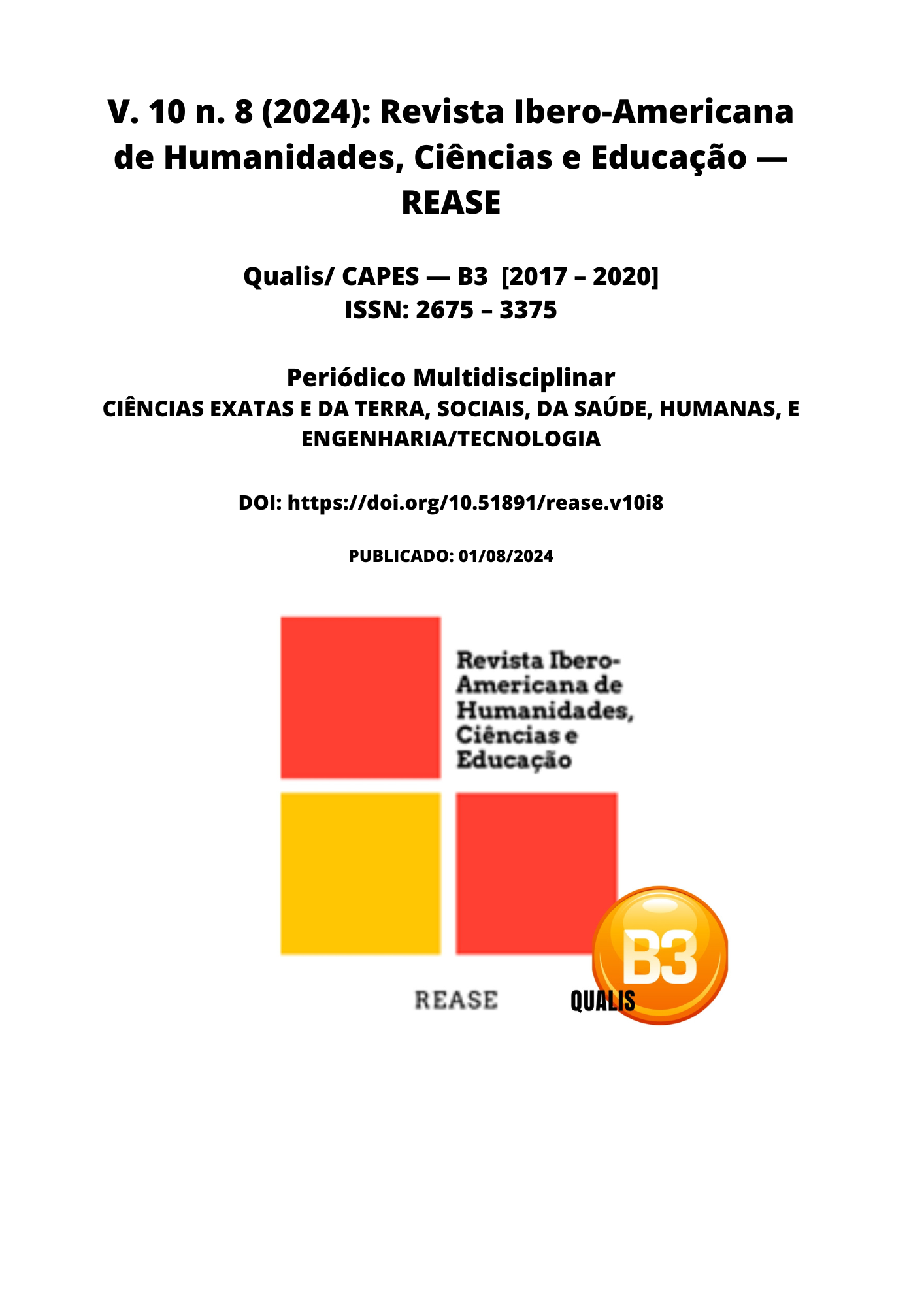IMPACTS OF ULTRA-PROCESSED FOOD CONSUMPTION ON GUT MICROBIOTA ASSOCIATED WITH DEPRESSIVE SYMPTOMS
DOI:
https://doi.org/10.51891/rease.v10i8.15207Keywords:
ultra-processed foods. Active lifestyle. Gut microbiota. Neurotransmitters. Depressive symptoms.Abstract
Depression is a common psychiatric disorder that can affect individuals at any stage of life, while diet and an active lifestyle are preventive care strategies to avoid this pathology, because for the brain metabolism to function properly, it is necessary to eat macro and micronutrients and to exercise. Ultra-processed foods (UPF) are a risk to mental health, as they provide an inflammatory diet, so their consumption is associated with chronic non-communicable diseases. The aim of this narrative literature review was to investigate the impacts of UPF consumption on the gut microbiota associated with depressive symptoms, by surveying the literature between 2018 and 2023 in the CAPES, Google Scholar, Lilacs, PubMed and Scielo databases. Twenty-eight articles met the objective. The result articles showed that UPF alter the diversity and composition of the intestinal microbiota; increase the growth of microorganisms responsible for inflammatory processes and hinder the supply of fiber for the production of short-chain fatty acids by the bacteria of the intestinal microbiota, responsible for the production of neurotransmitters such as serotonin, dopamine and noradrenaline, which are involved in depression.
Downloads
Downloads
Published
How to Cite
Issue
Section
Categories
License
Atribuição CC BY

